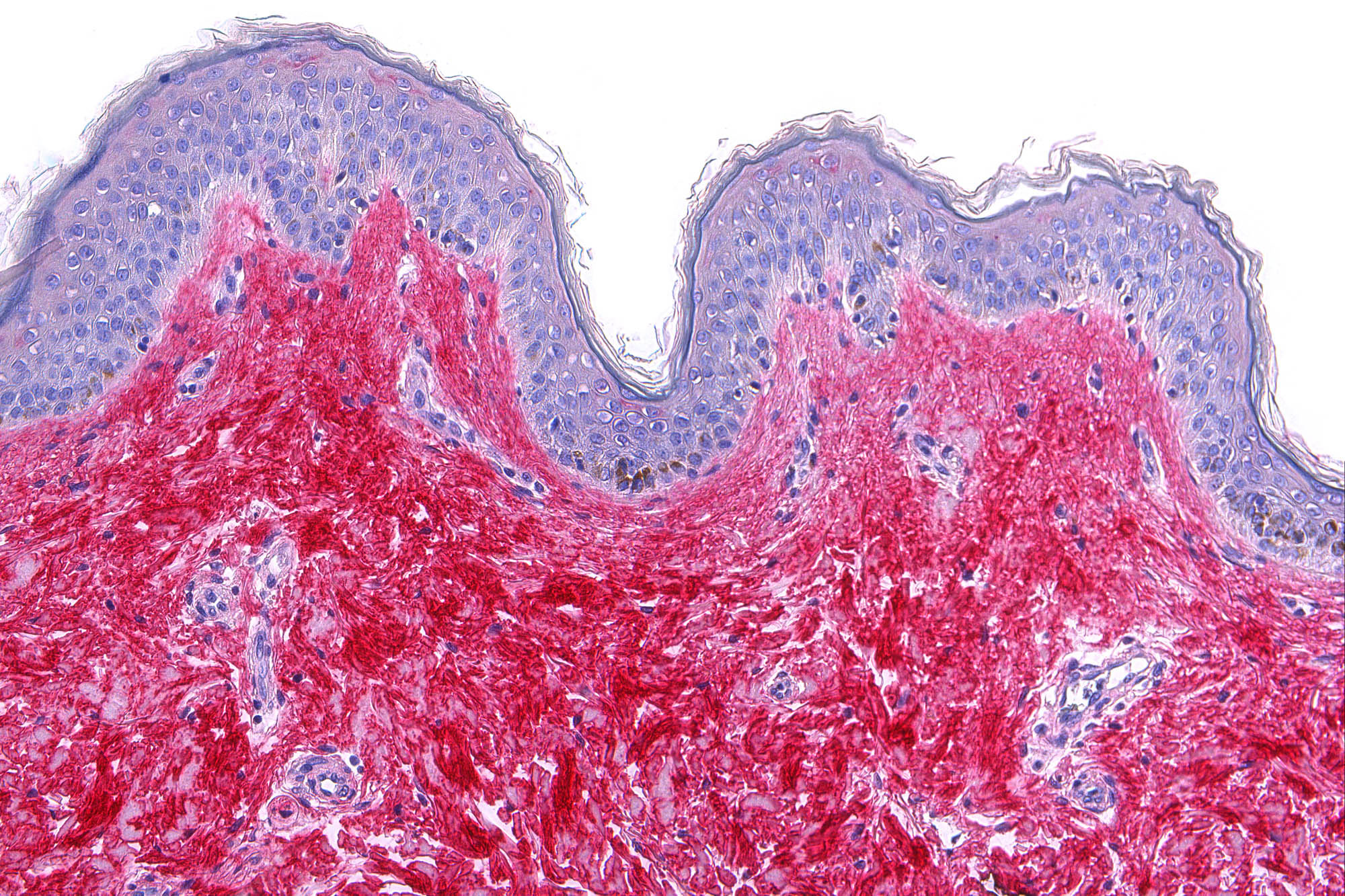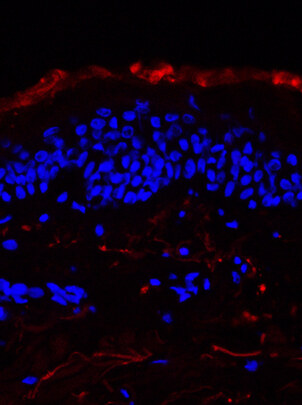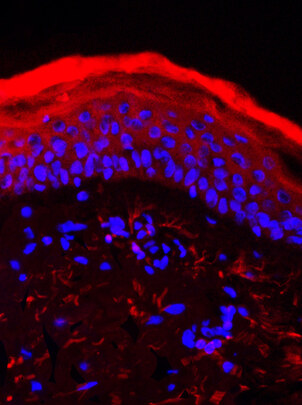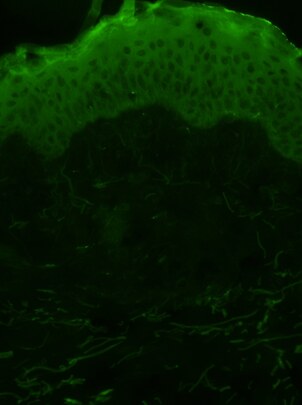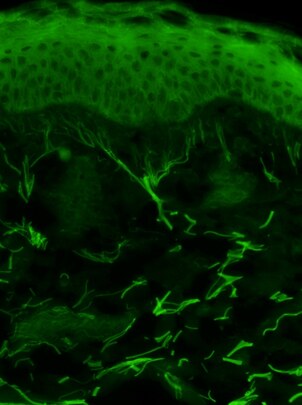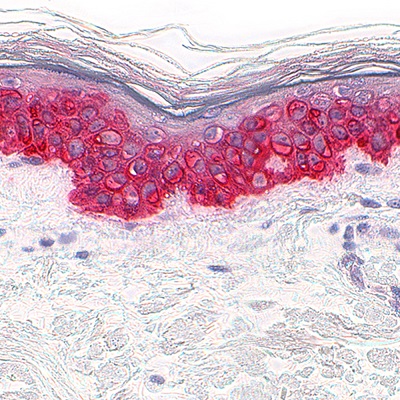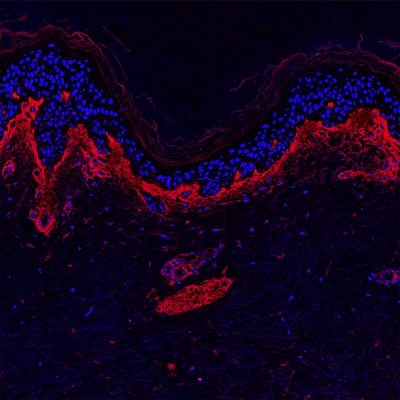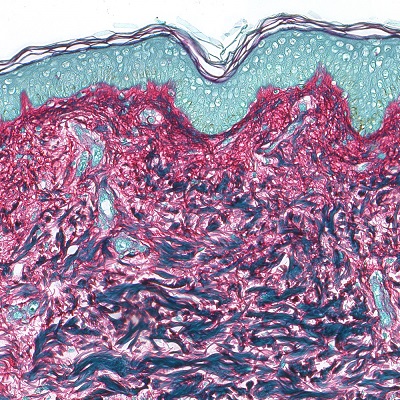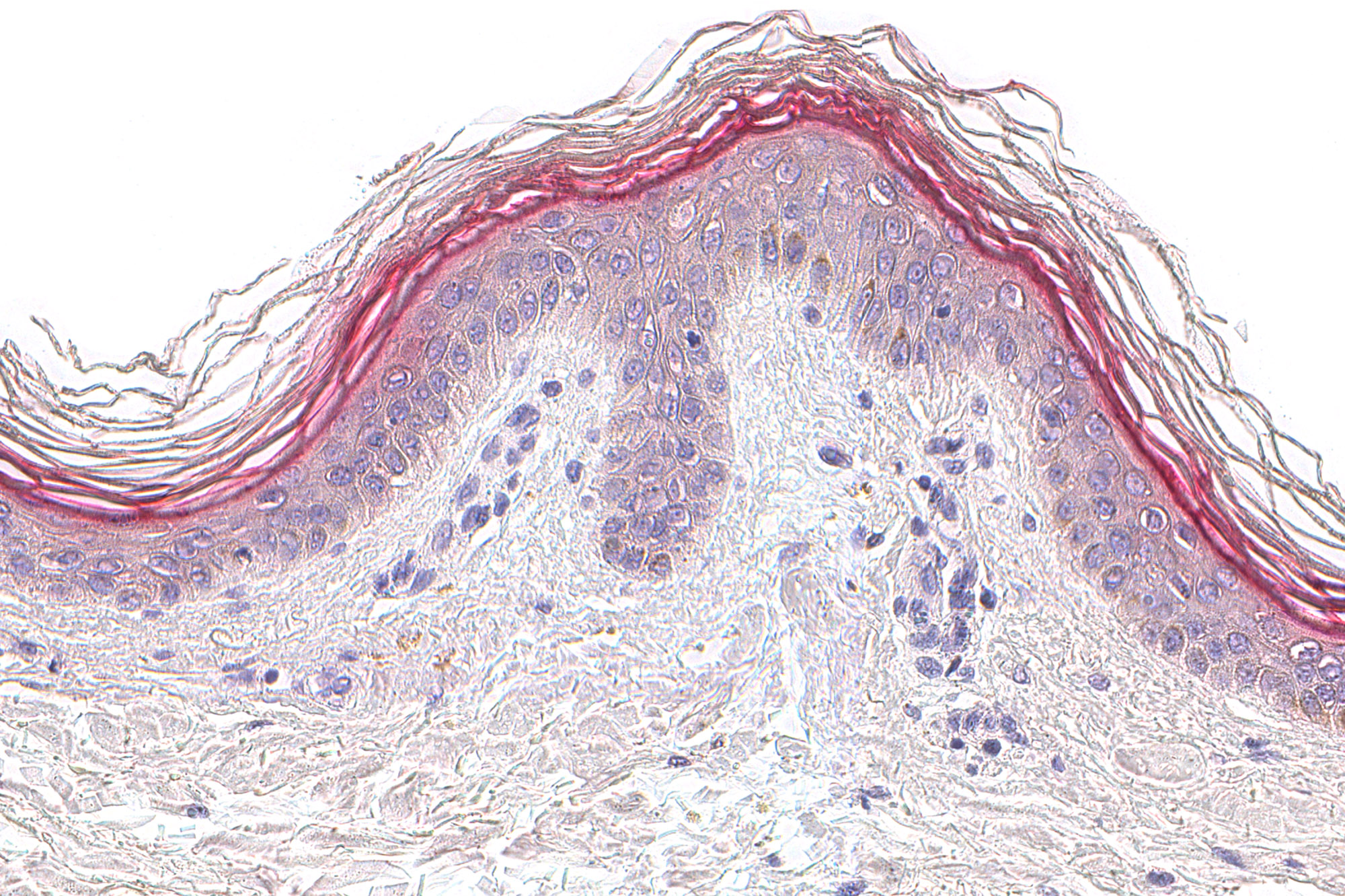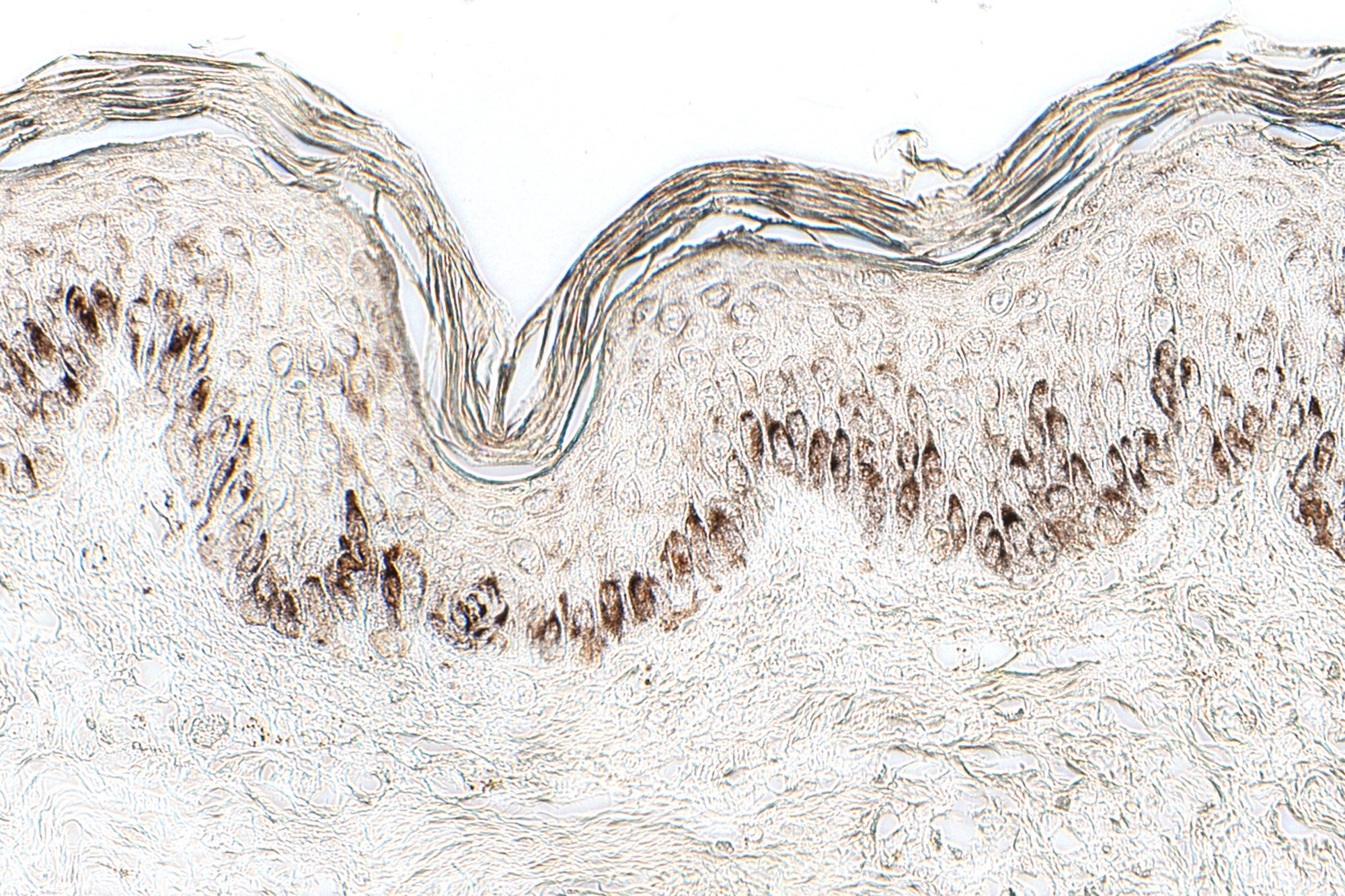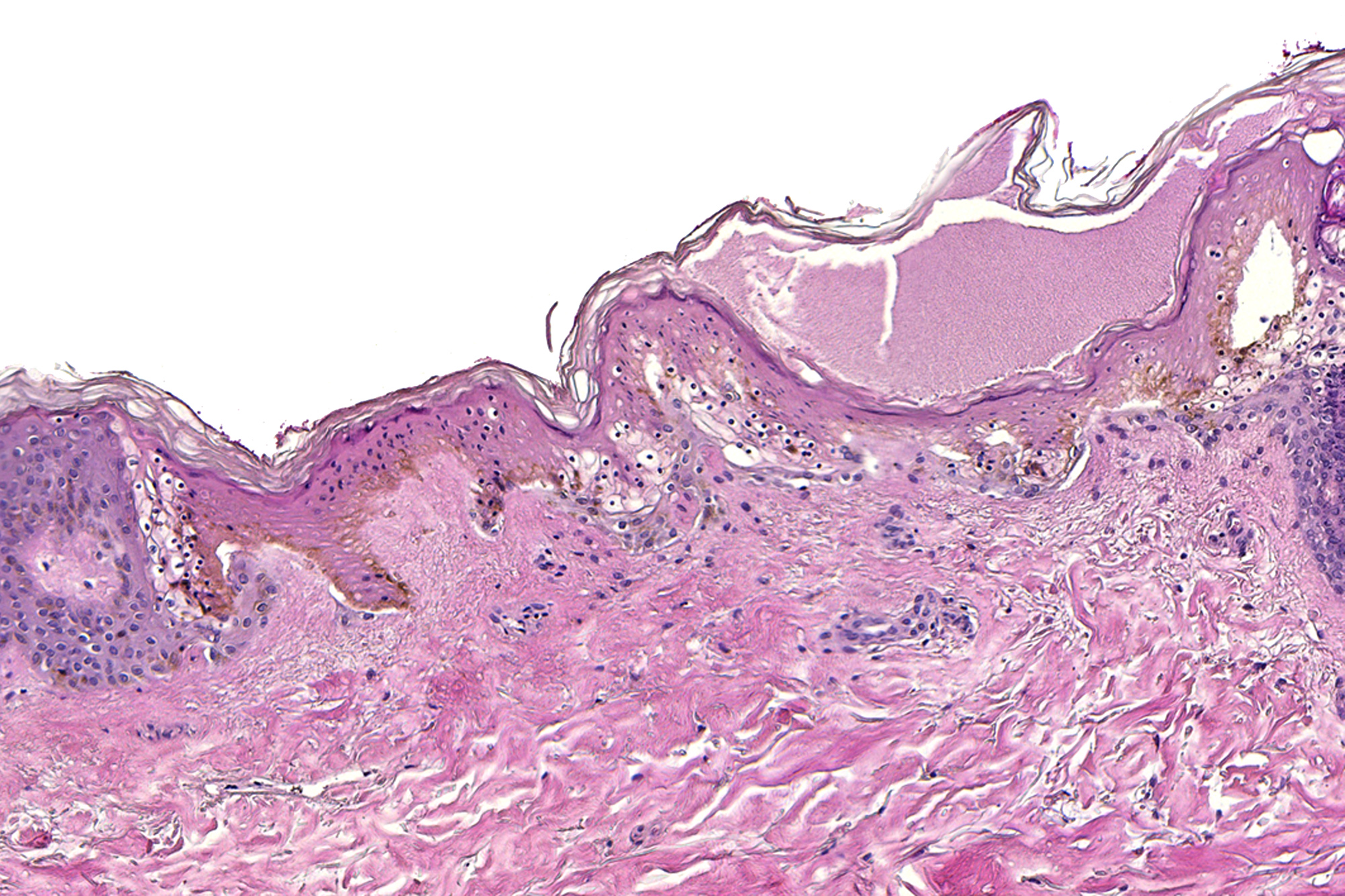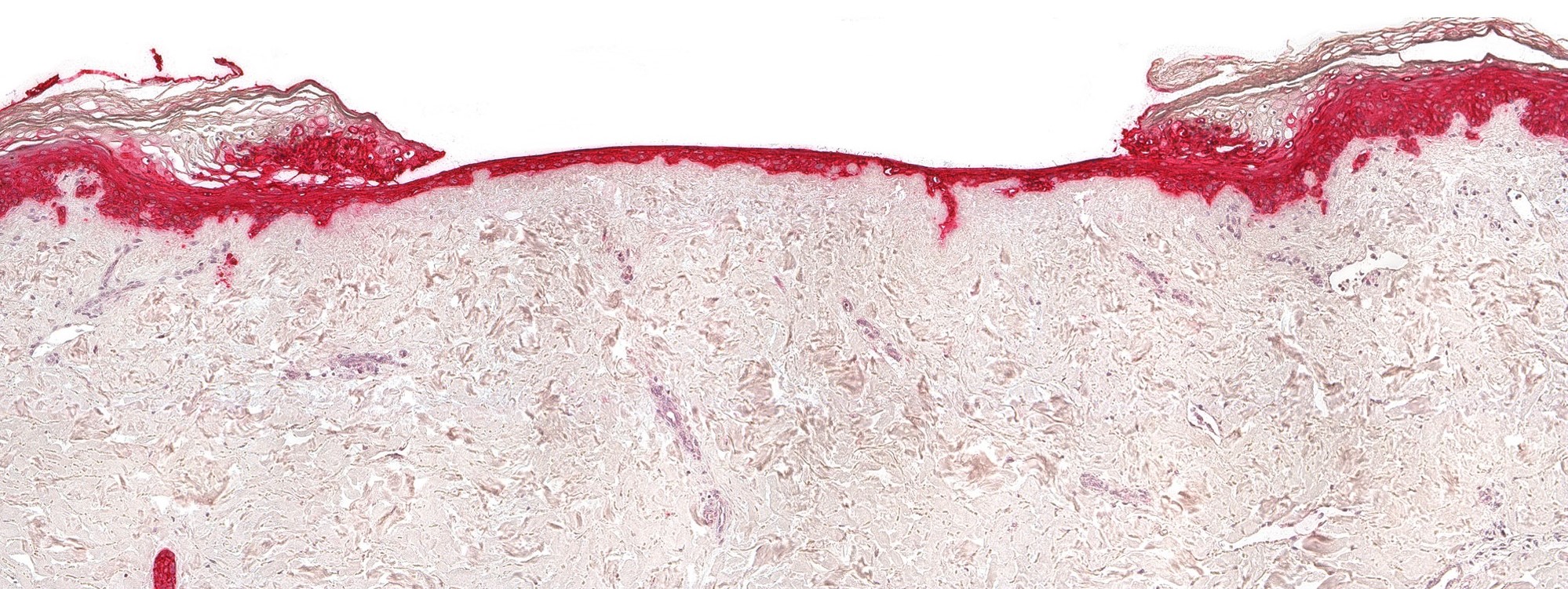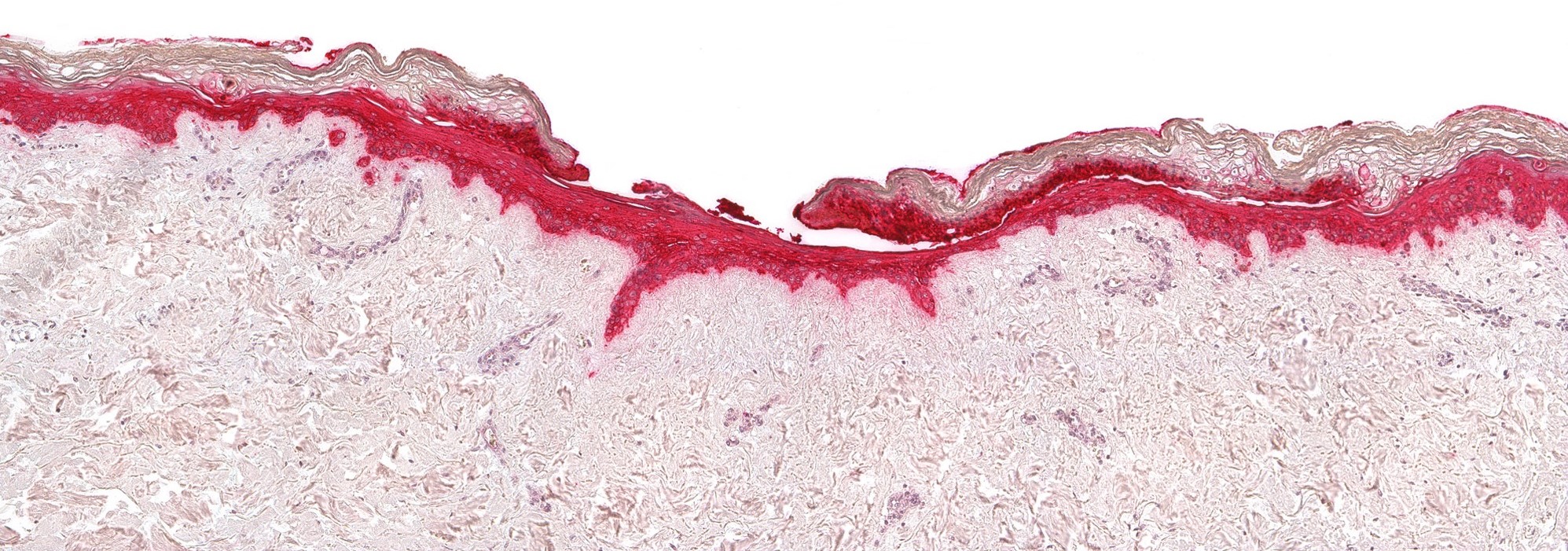The use of human ex-vivo skin offers several key advantages in comparison to the use of either cells or reconstructed models:
- preserved barrier function & permeability
- surface water activity
- dermis matrix structure, strength & resilience
- the presence of the skin annexes and cells that have a pivotal role in maintaining the correct skin metabolism, such as the pilo-sebaceous unit, Langerhans cells, sweat glands, subcutis.
Our human ex-vivo skin model is the preferred technology for the efficacy testing of finished formulations.


